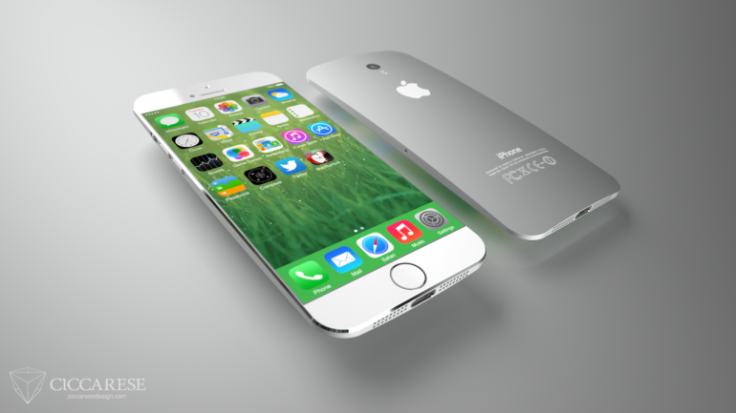Apple iPhone 6 Release Date Rumors: Two Models With Larger Sapphire Displays Tipped For September, Device Could Be Lighter

Apple (NASDAQ:AAPL) will release two versions of its next-generation iPhone, presumably called the iPhone 6, featuring bigger sapphire displays in September, according to a new report from the South China Morning Post.
Sticking to its 2013 iPhone release pattern, Apple will introduce two versions of its flagship smartphone this year, featuring 4.7-inch and 5.5-inch sapphire screens with a pixel density of 441 pixels per inch, or PPI, the South China Morning Post reported, citing insiders who have “seen the prototypes.” The existing iPhone 5s and iPhone 5c feature a pixel density of 326 PPI.
The report also said that both iPhone models will feature a flat screen instead of -- as suggested by some earlier reports -- a curved screen. Apple is also said to be discontinuing the iPhone 5c and will make the iPhone 5s from cheaper material.
As for the sapphire displays, the report said the new iPhone screen will be “made entirely from scratch-resistant sapphire crystal glass” that could lead to “a dramatic increase” in the cost of making the iPhone.
With reports saying that bigger iPhone 6 models are likely in the pipeline, many tend to believe that the new iPhones could be heavier than the current version of the device. But, a report from PatentlyApple said on Wednesday that the iPhone 6 could have a much lighter form factor and thinner LED backlights.
According to iDownloadBlog, the iPhone 6 is expected to be thinner as the larger display will allow engineers more room to spread out components. However, the report also mentioned that reducing the thickness of the device slightly will not make a significant difference in its overall compactness.
Meanwhile, a set of images, claimed to be of an iPhone 6 prototype, surfaced on the Internet on Wednesday, showing the front and back of a larger iPhone. However, as reported by iDownloadBlog, the images turned out to be merely renderings based on a concept design by a 3D artist called Martin Hajek.
© Copyright IBTimes 2025. All rights reserved.






















